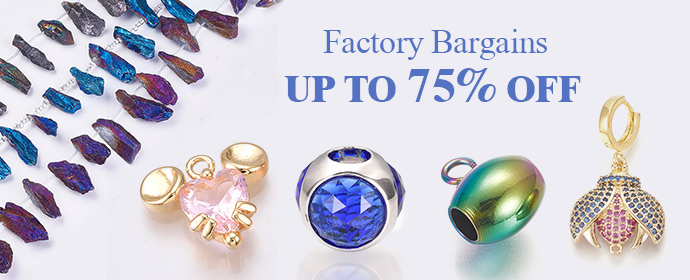Fashion design is a profession that is both creative and demanding. It involves designing clothing and accessories that are both stylish and functional. Fashion designers create designs that reflect current trends, while also incorporating their own unique vision and perspective. They work with a wide range of materials, from fabrics to metals, and may specialize in designing clothing, shoes, or accessories. In this article, we will explore the world of fashion design and the role of a fashion designer.
The Role of a Fashion Designer
A fashion designer is responsible for creating designs for clothing, shoes, and accessories. They work with a team of other professionals, such as patternmakers, seamstresses, and stylists, to bring their designs to life. Fashion designers are also responsible for ensuring that their designs are functional and meet the needs of their clients. They may work in a variety of settings, from large fashion houses to smaller design studios.
The Process of Fashion Design
Fashion design is a complex process that involves many steps. The first step in the process is research. Fashion designers need to keep up with the latest trends and styles in the fashion industry. They attend fashion shows, read fashion magazines, and conduct market research to stay up-to-date on the latest fashion trends.
Once a fashion designer has an idea for a design, they begin sketching. Sketching is an essential part of the design process, as it allows the designer to visualize their ideas and make changes before creating a final product. Fashion designers may create multiple sketches of a design before settling on a final version.
After the sketching stage, the designer creates a pattern. This pattern serves as a blueprint for the garment or accessory. The pattern maker takes the designer’s sketch and creates a pattern that can be used to create the final product. The patternmaker must ensure that the pattern is accurate and that it will result in a garment that fits well.

Once the pattern is created, the designer selects fabrics and other materials. The designer must consider the texture, color, and durability of the materials they choose. They may work with a team of fabric experts to find the right fabrics for their design.
The next step in the process is creating a prototype. The prototype is a sample of the final product. It allows the designer to see how the garment or accessory will look and fit in real life. The prototype is tested and refined until the designer is satisfied with the final product.
Finally, the product is produced. This involves cutting and sewing the fabric, attaching any necessary embellishments, and ensuring that the garment or accessory meets the designer’s specifications. Once the product is complete, it is inspected for quality and shipped to retailers or sold directly to consumers.
Skills Needed to Become a Fashion Designer
To become a fashion designer, one must have a strong sense of style and a keen eye for detail. Fashion designers must be creative, imaginative, and able to think outside the box. They must also have strong communication and collaboration skills, as they will be working with a team of other professionals.
Fashion designers must also have a solid understanding of the fashion industry, including current trends, market demand, and consumer preferences. They must be able to create designs that are both stylish and functional, and that meet the needs of their clients.
In addition, fashion designers must be proficient in computer-aided design (CAD) software, as this is used to create patterns and prototypes. They must also be skilled in sewing, cutting, and draping fabrics, as well as in the use of various tools and equipment.
Conclusion
Fashion design is a complex and demanding profession that requires creativity, imagination, and a keen eye for detail. Fashion designers must be able to create designs that are both stylish and functional, while also meeting the needs of their clients. They must be proficient in a wide range of skills, from sketching and pattern-making to sewing and fabric selection. They must also have strong communication and collaboration skills, as they will be working with a team of other professionals.
Fashion designers play a critical role in the fashion industry, which is a significant contributor to the global economy. Fashion design is a dynamic field that is constantly evolving, with new trends and styles emerging every season. As a result, fashion designers must be able to adapt quickly to changes in the industry and stay up-to-date on the latest trends and technologies.
In recent years, there has been a growing focus on sustainability in the fashion industry. Many fashion designers are now incorporating sustainable materials and production methods into their designs, in an effort to reduce the industry’s impact on the environment. This has created new opportunities for designers who specialize in a sustainable fashion.
Overall, fashion design is a challenging and rewarding profession that requires a unique combination of creativity, technical skills, and business acumen. Fashion designers must be able to balance artistic expression with practical considerations, in order to create designs that are both aesthetically pleasing and functional. If you have a passion for fashion and a desire to create beautiful and innovative designs, a career in fashion design may be right for you.
By Sharath
Recommend0 recommendationsPublished in Uncategorized



